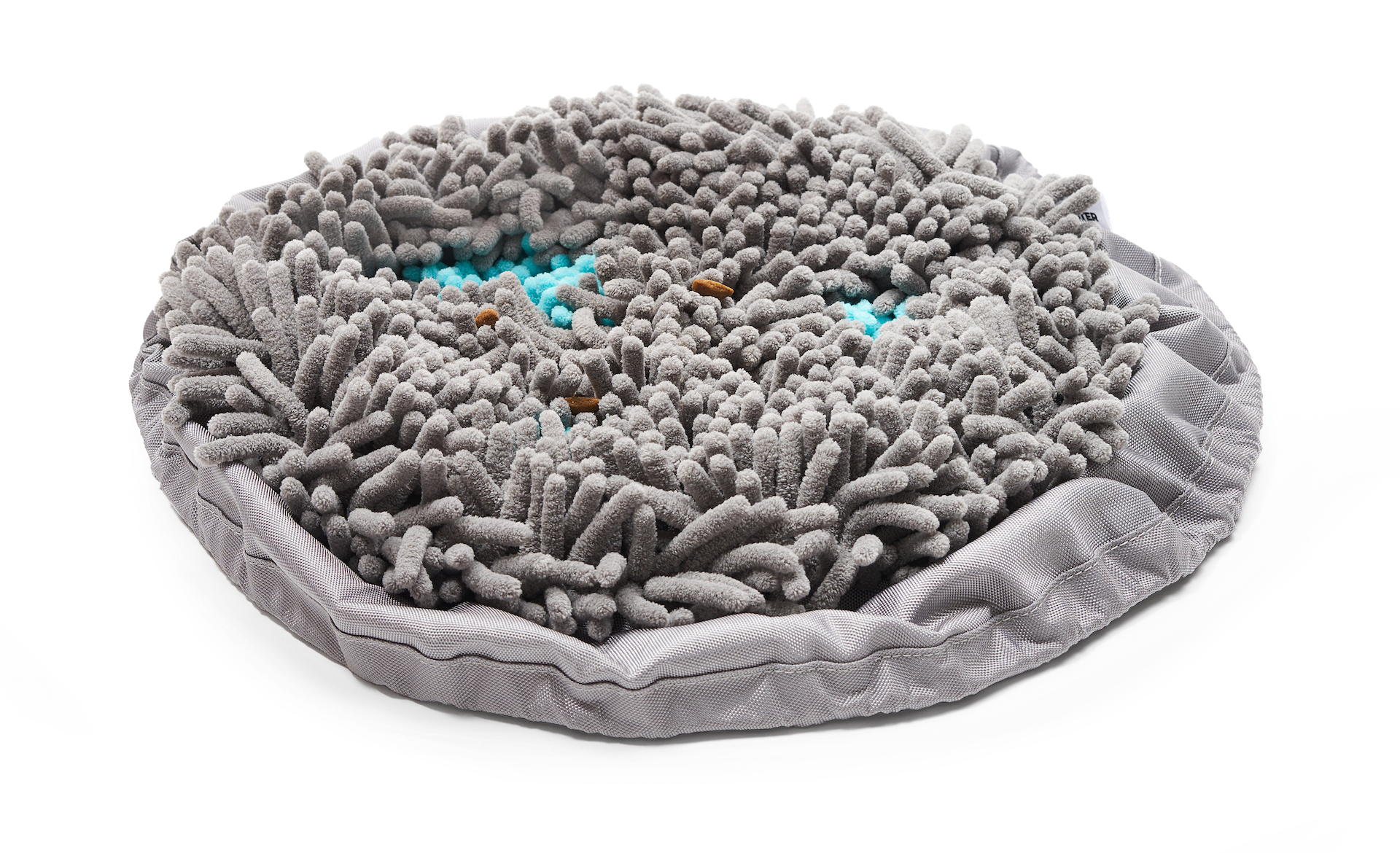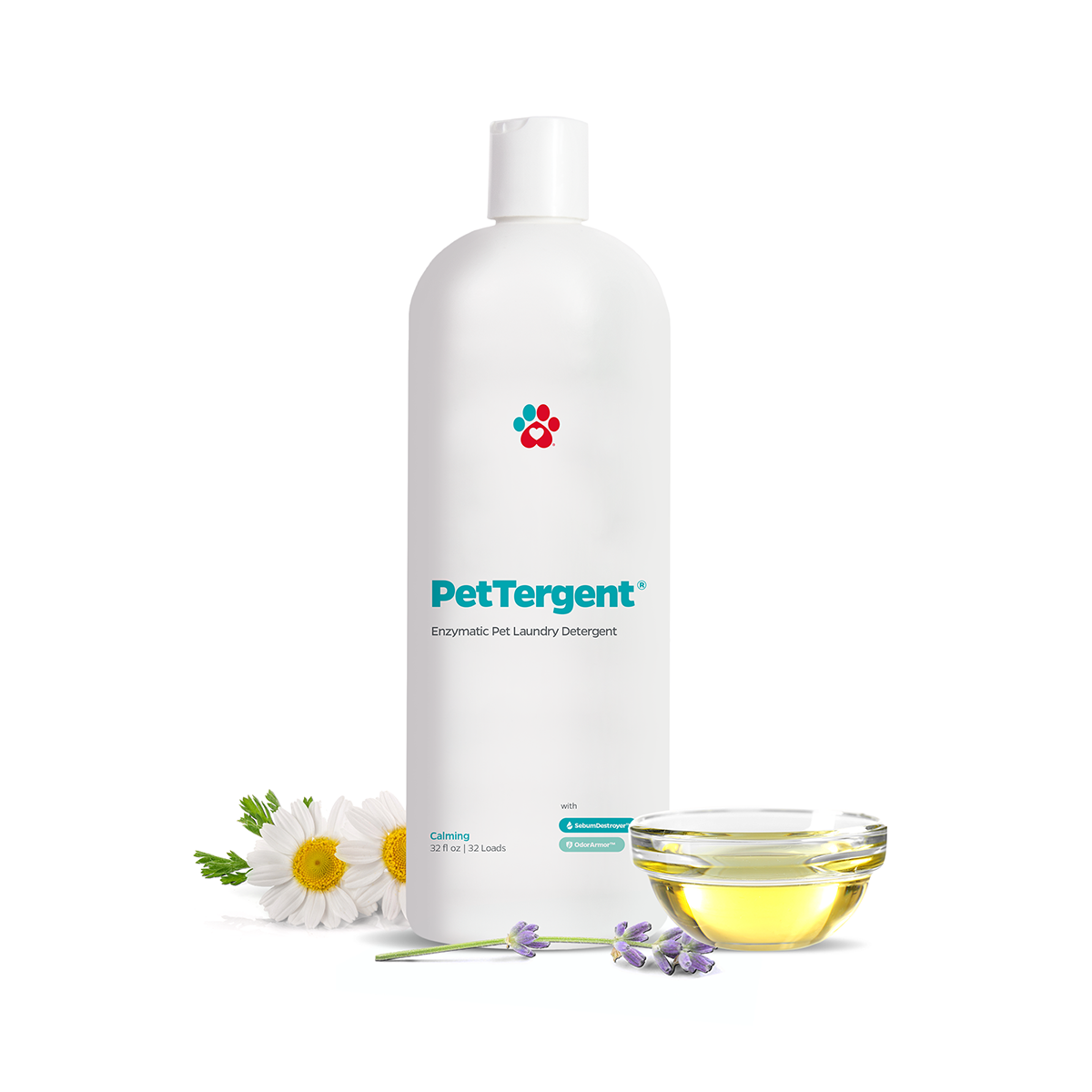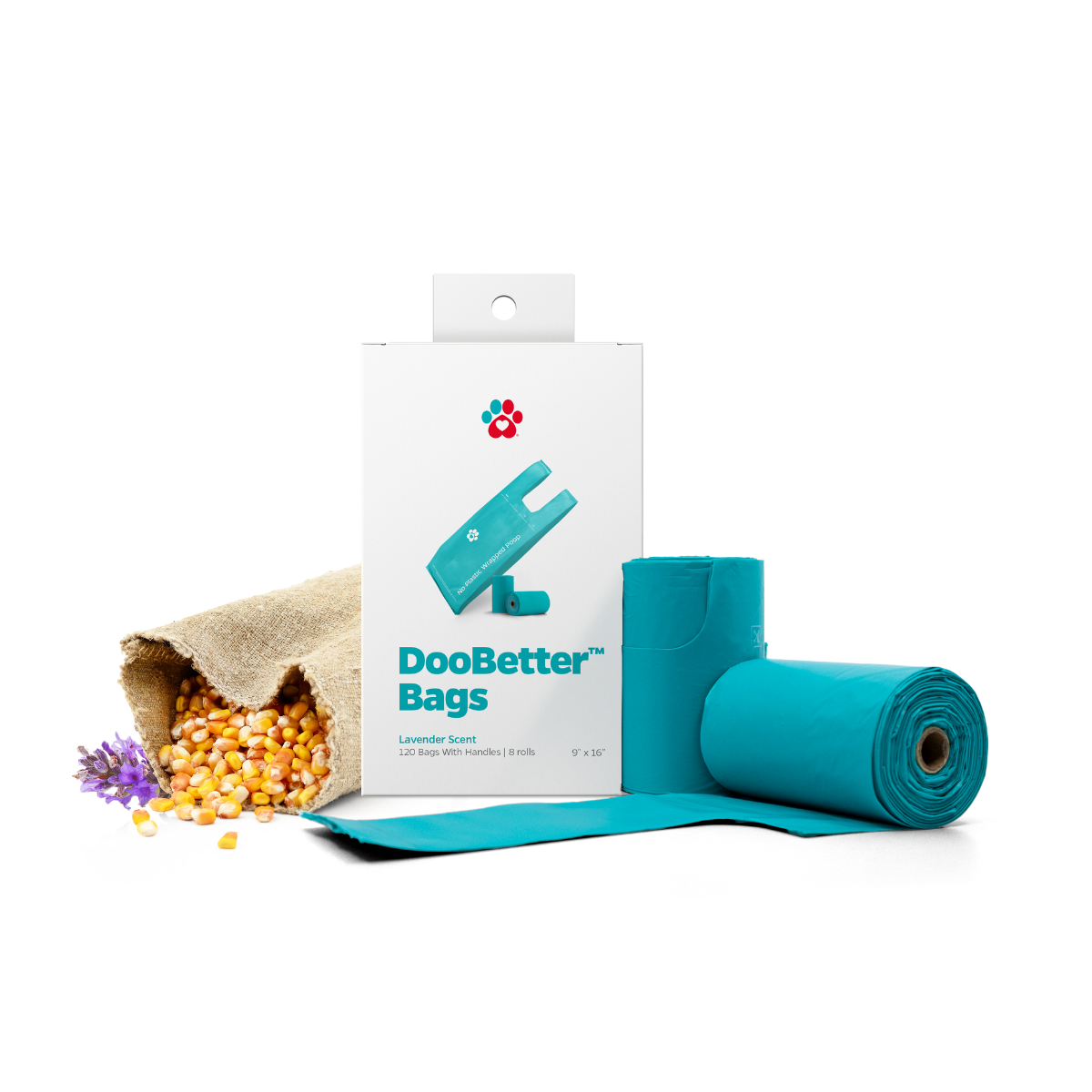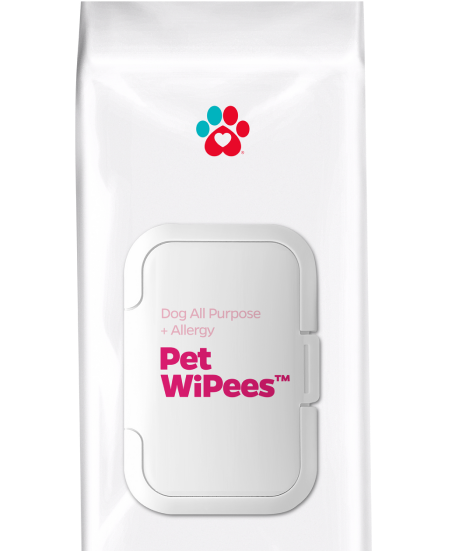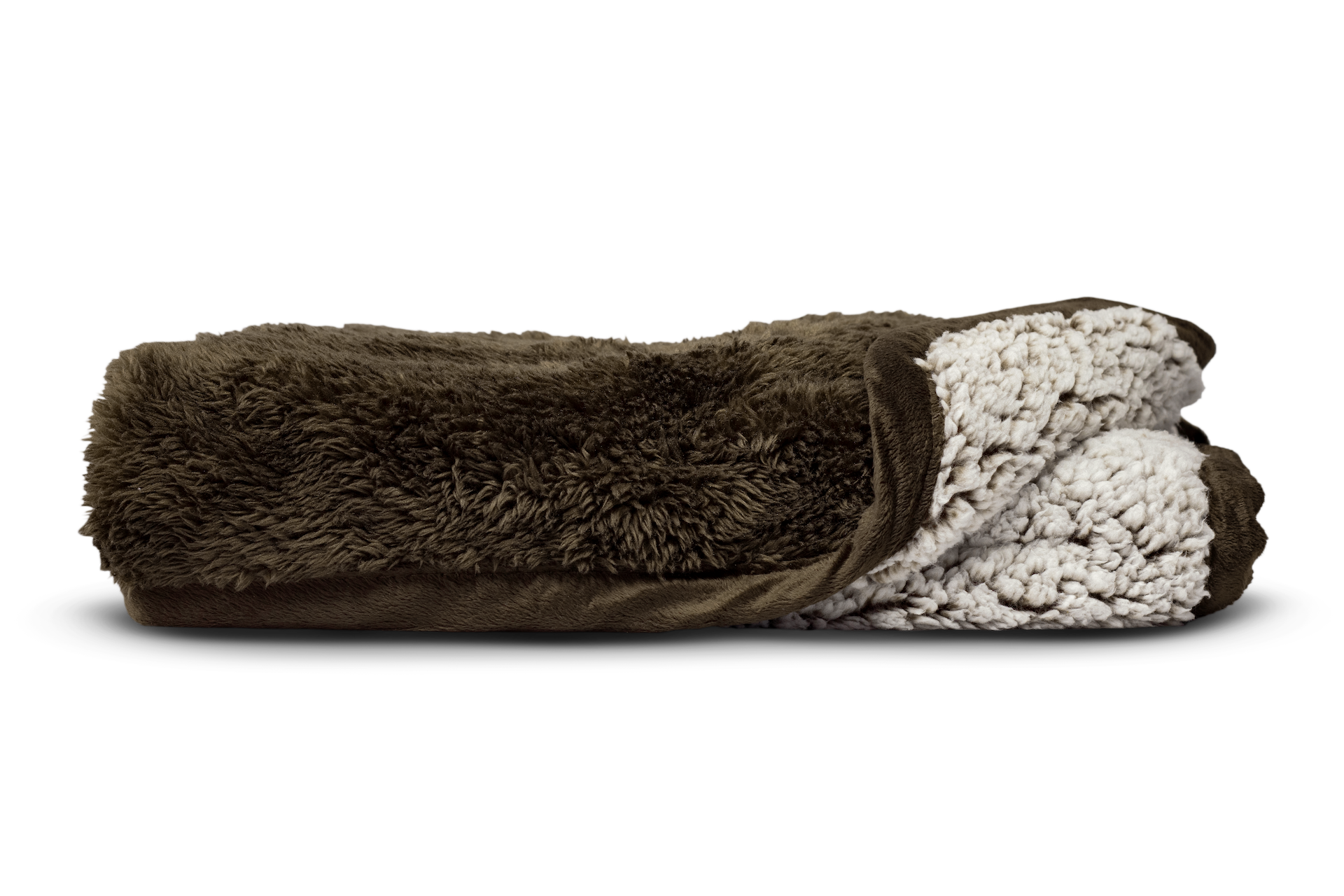"So, is there a problem with dyer sheets? Are dryer sheets toxic to dogs and cats? Well, yes."
Pet parents know that chocolate, pesticides, bleach, and antifreeze are dangerous to pets. But there are other toxic household items to avoid. You undoubtedly already have these common household items in your home, but you may not be aware that they could be dangerous or even fatal to your furbabies—particularly dryer sheets! So, are dryer sheets toxic?
What Is a Dryer Sheet?
A dryer sheet is a thin piece of paper-like material that coats fabrics with chemicals that are heatedly transferred from the sheet, reducing static cling. Your dog or cat could be harmed by the chemicals found on dryer sheets; especially if they ingest or chew a sheet, even one that has already been used. Most dryer sheets may contain benzyl acetate, camphor, or even chloroform, depending on the product.
How Dryer Sheets Work
The softening compounds found in the sheet progressively dissolve under the dryer's heat. The compounds are then conveyed to the fabrics, sometimes making the items feel smoother. By giving the fibers a smoother surface, the lint and hair from pets can be more easily repelled, and less static electricity is rendered.
If the deposits are not completely removed in the subsequent wash cycle, they may accumulate on the fabric's surface and reduce the fabric's breathability, as seen in bath towels. While cloth towels feel can feel softer as a result of the accumulation of fabric softener or dryer sheet residue, it also diminishes their capacity to absorb water well and can begin to entrap odors.
Are Dryer Sheets Toxic to Dogs and Cats?

So, is there a problem with dyer sheets? Are dryer sheets toxic to dogs and cats? Well, yes. The synthetic ingredients used to make dryer sheets are indigestible to our furbabies. If your dog or cats gets a hold of a dryer sheet and they swallow it, they might get stuck somewhere in their digestive tract. Gut obstructions can be dangerous and even fatal if not managed right away.
Additionally, cationic detergents are also found in dryer sheets. Treehugger alerts these can generate different issues for pets running from simple skin irritation to across-the-board systemic pain and pulmonary edema. Also, one of the issues that can develop after ingesting the toxins in dryer sheets is kidney failure. These chemicals can also harm and irritate your furbaby's eyes, skin, mucous membranes, stomach lining, and skin.
How Do Pets Come Into Contact With Dryer Sheets?
Playing with it is the simplest and most common reason for a pet to get in contact with a dryer sheet. Lots of dogs or cats like fabric. So, it’s no surprise when a sock or laundry item goes missing. But, this includes dryer sheets! The potent scents they emit intended to make our laundry smell great are quite alluring to pets. Pets become highly drawn to playing with dryer sheets because they are so light after being used and may even float around the home. This is why it is important to never leave dryer sheets out in the open and ensure that they are not accessible in fresh laundry your pet may encounter.
Lots of pet parents use dryer sheets to help remove pet hair from the laundry. But, it can be easy to lose track of the dryer sheets in a load of laundry because they stick to items, making it a challenge for pet parents to monitor. But, because of the dangers, it is best to use an alternative like a FurBall® non-toxic pet hair remover for laundry.
Signs of Pet Poisoning
Depending on the type of toxin and how much was consumed, the signs of pet poisoning might vary greatly. Pet poisoning symptoms might vary from case to case, however, some of the most common ones are as follows:
- Vomiting
- Diarrhea and upset stomach
- Seizures
- Lethargy
- Loss of appetite
- Drooling
- Abnormal behavior
- Excessive thirst or urination
- Weakness
Some of the hazardous substances found in dryer sheets can irritate skin and paw pads, which can result in redness, swelling, burns, ulcers, and pain. In severe situations, the eyes can also be affected, leading to irritation, swelling/redness, and extreme tear production. Dryer sheets are incredibly absorbent, so if they are ingested by your furbaby, they will take moisture (or liquid) from their digestive tract. Dehydration and severe thirst may result from this.
Dealing With an Emergency
- Call the National Poison Control Help Line right away if you think your pet may have ingested something toxic, such as a dryer sheet.
- Never attempt to induce vomiting at home. This can be extremely hazardous because not only could the sheet become stuck on the way back, but it could also re-expose the mouth and esophagus to deadly substances.
- Always keep in mind that it's better to be safe than sorry. The life of your pet may be at stake. Call your vet immediately.
Pet Safety in the Laundry Room
Laundry rooms can look like a huge play area to your pet because there are appliances that provide warmth and there are lots of items to gnaw on. However, some measures need to be followed in the laundry room to protect your dog or cat.
Washer and Dryer Safety
Your furbaby may find the washer or the dryer a suitable place to take a nap because they are nice and warm. To avoid mishaps and accidents, always keep the doors and lids of the appliances closed. When not in use, unplug washers and dryers for maximum safety. Before adding clothes and turning the machines on, always take the time to make sure they are empty. Cats especially are known for stealth.

Store Laundry Products Properly
All laundry products should be kept in a locked or pet-proof cupboard. Even detergents, stain removers, and bleach can be harmful if ingested. Any household products that spill onto the floor should always be swept up or cleaned up right away. Additionally, due to the way they are packaged, liquid capsules and soft detergent packs can look like toys or tasty treats. The substance frequently splashes into pets' eyes when they are punctured and can result in burns. Dryer sheets must also be thrown away as soon as you finished drying your laundry and keep the door to the room closed.
Better Substitute for Dryer Sheets
Instead of using dryer sheets, here are some safe alternatives:
FurBall®
FurBall® is a pet hair remover for laundry and lint & fur remover by Pet Parents®. FurBall® removes dirt, hair, and fur from your laundry with ease! For hands-free fur removal, simply put a FurBall® (or two) into your upcoming cycle of laundry. This pet hair remover for laundry is reusable and contains no chemicals. FurBall® is specially developed to remove fur, reduce wrinkles and static in fabric, and soften laundry by producing a gentle beating effect in the dryer and a moderate scrubbing effect in the washing, working as a pet hair remover. Plus, it is safe and non-toxic, making dryer sheets unnecessary. This is the best alternative to dryer sheets!
Remove Items While Still a Bit Damp
Dry items at a lower temperature and take them out of the dryer before they are totally dry. This lingering dampness aids in reducing static cling among the fabrics.
Set Apart the Synthetics
Natural and synthetic fabrics should be washed separately because synthetics (such as rayon, nylon, etc.) produce the majority of the static among the fabrics. Natural fiber clothing is less likely to come out of the dryer all staticky, especially if it is not over-dried.
Dryer sheets always have the highest likelihood of ending up somewhere loose in your home where they can be picked up by your pet and ingested. Because dryer sheets are toxic, it is best to use a non-toxic pet hair remover for laundry. Are dryer sheets toxic? Yes, dryer sheets are toxic. And it is time to ditch those now for pets’ safety.

